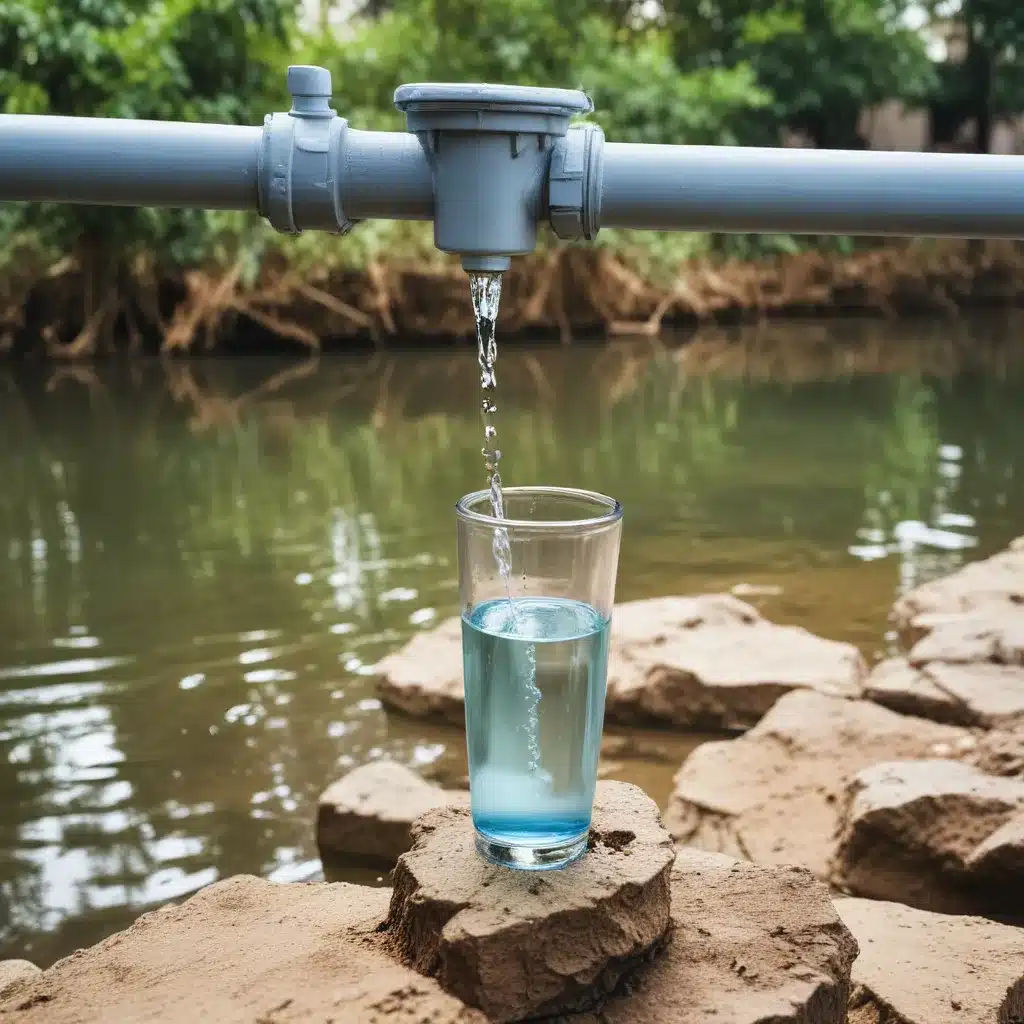
The Importance of Reliable Water Quality Data
Access to safe, clean drinking water is a fundamental human right, yet millions of people around the world still lack this basic necessity. In India, the urban population of Hyderabad faces significant challenges in maintaining consistent water quality, with contaminants from industrial waste, agricultural runoff, and aging infrastructure introducing health hazards. Comprehensive, real-time water quality monitoring is essential to identifying and addressing these issues, ultimately safeguarding public health and environmental sustainability.
Water quality monitoring is critical for several reasons:
- It provides the data needed to assess the safety of drinking water sources and pinpoint areas requiring treatment or infrastructure upgrades.
- Continuous monitoring allows for rapid detection of contamination events, enabling a swift response to protect public health.
- Longitudinal data helps track trends in water quality over time, informing long-term policy and investment decisions.
- Transparent, publicly accessible water quality information empowers communities to advocate for their right to safe water.
Establishing a Robust Water Quality Monitoring System
The Joint Action for Water initiative, in partnership with the Hyderabad Metropolitan Water Supply and Sewerage Board (HMWSSB), has developed an innovative IoT-based water quality monitoring system to ensure the delivery of safe drinking water across the city. This comprehensive system leverages cutting-edge sensor technology and cloud-based data management to provide real-time insights into key water quality parameters.
Key Components of the Monitoring System
- Sensor Network: A network of strategically placed sensors continuously measures critical water quality indicators, including:
- pH: Monitoring the acidity or alkalinity of the water, which can affect its suitability for drinking and impact water treatment processes.
- Turbidity: Tracking the clarity of the water and the presence of suspended particles, which can harbor harmful microorganisms.
- Water Level: Ensuring adequate supply and identifying potential issues with water storage and distribution.
-
Temperature and Humidity: Providing context for interpreting other water quality parameters and their potential impacts on water treatment.
-
Data Transmission and Storage: The sensor data is transmitted wirelessly to a centralized cloud-based platform, the ThingSpeak server, where it is securely stored and analyzed.
-
Data Visualization and Reporting: The water quality data is presented in a user-friendly web-based dashboard, allowing HMWSSB officials, policymakers, and the public to access real-time information and historical trends. This transparency fosters accountability and enables data-driven decision-making.
-
Mobile Application: The Joint Action for Water mobile app provides an additional layer of accessibility, allowing authorized users to view water quality data on-the-go and receive alerts for any anomalies.
Ensuring Accurate and Reliable Data
To maintain the integrity of the water quality monitoring system, the Joint Action for Water team has implemented several safeguards:
-
Sensor Calibration and Maintenance: Regular calibration of the sensors ensures consistent and accurate readings, while preventive maintenance helps minimize downtime and data gaps.
-
Quality Assurance Protocols: Rigorous testing and validation procedures are in place to verify the reliability of the sensor data, including cross-checking with traditional laboratory analysis.
-
Backup Power and Connectivity: Redundant power sources and wireless communication channels ensure the continuous operation of the monitoring system, even during disruptions to the main grid or internet service.
-
Data Validation and Anomaly Detection: Advanced algorithms continuously scan the sensor data for any irregularities or potential errors, triggering alerts for investigation and rapid remediation.
Leveraging Data for Improved Water Management
The wealth of water quality data generated by this monitoring system empowers HMWSSB and local authorities to make informed, data-driven decisions to enhance water service delivery and protect public health.
Identifying and Addressing Contamination Risks
Real-time monitoring allows for the swift detection of water quality issues, such as elevated turbidity or pH levels, enabling a rapid response to isolate the problem, identify the source, and implement appropriate treatment or infrastructure upgrades. This proactive approach helps prevent the widespread distribution of contaminated water and the associated public health risks.
Informing Infrastructure Investments
By analyzing long-term trends in water quality data, the Joint Action for Water team can identify areas where aging pipes, inadequate treatment facilities, or other infrastructure challenges are compromising water quality. This intelligence helps guide targeted investments to modernize and strengthen the water distribution network, ensuring the consistent delivery of safe drinking water.
Promoting Community Engagement and Advocacy
Providing transparent, publicly accessible water quality information empowers Hyderabad’s residents to actively participate in monitoring and managing their water resources. This data can be leveraged by community organizations and civil society groups to advocate for policy reforms, increased investment, and more equitable water governance.
Expanding the Scope of Water Quality Monitoring
While the current monitoring system focuses on key parameters like pH, turbidity, and water level, the Joint Action for Water team recognizes the need to expand the scope of monitoring to include a wider range of water quality indicators. Future plans include integrating sensors for measuring electrical conductivity, free residual chlorine, nitrates, and dissolved oxygen, among other critical parameters.
Additionally, the team aims to scale up the monitoring network, deploying sensors across a broader geographic area to capture the diversity of water sources and distribution systems within Hyderabad. This comprehensive, city-wide monitoring approach will provide a more holistic understanding of water quality challenges and guide the development of targeted, sustainable solutions.
Conclusion: Towards a Future of Safe, Reliable Water Access
The Joint Action for Water’s innovative IoT-based water quality monitoring system in Hyderabad represents a significant step towards ensuring the consistent delivery of safe drinking water. By leveraging cutting-edge technology, robust data management, and collaborative partnerships, this initiative is transforming the way water quality is monitored, analyzed, and addressed in the city.
As the project continues to evolve and expand, the insights gained from this comprehensive monitoring system will be invaluable in guiding policy decisions, infrastructure investments, and community engagement efforts. Ultimately, this work contributes to the broader goal of realizing the human right to water and sanitation, empowering Hyderabad’s residents to lead healthier, more sustainable lives.

